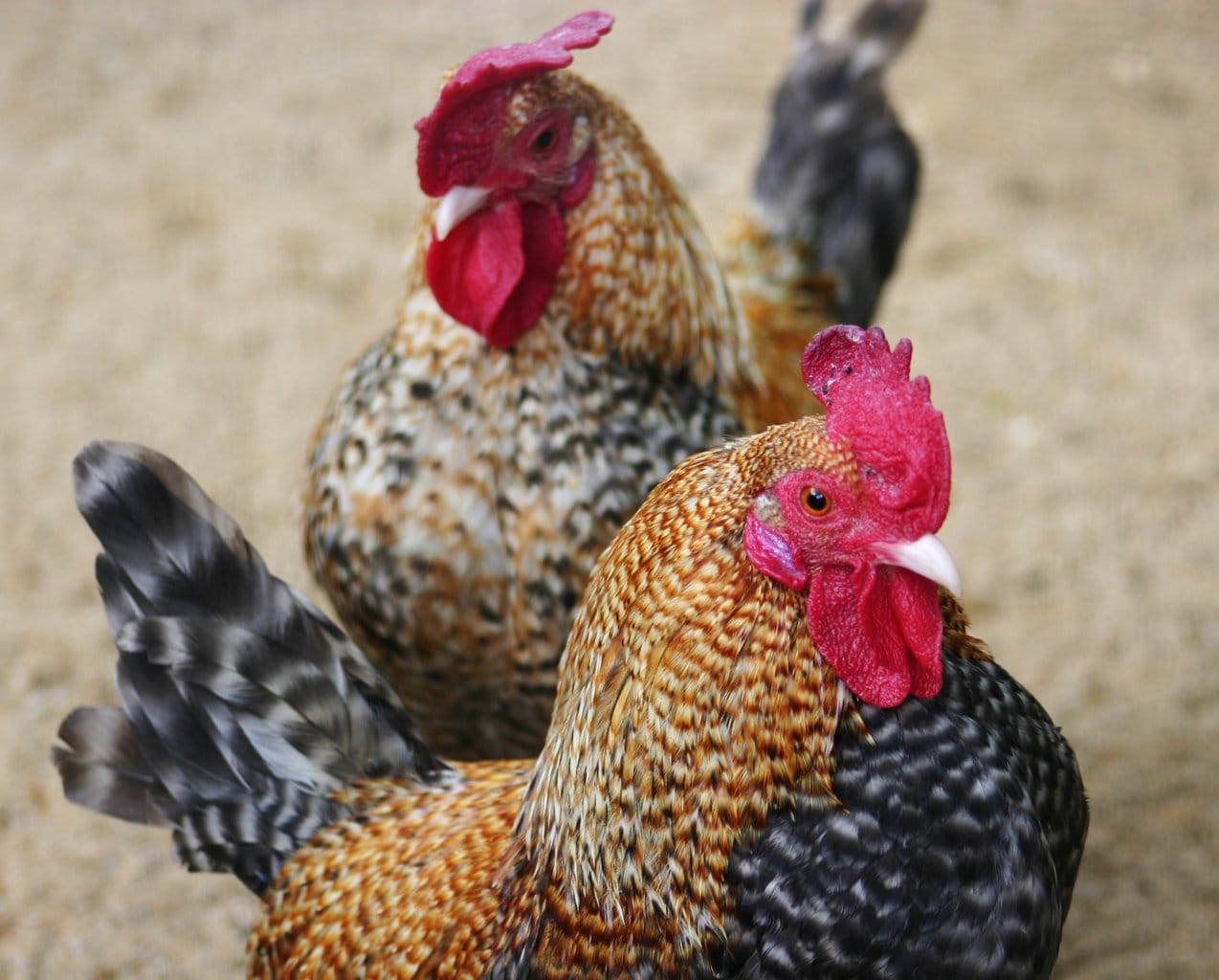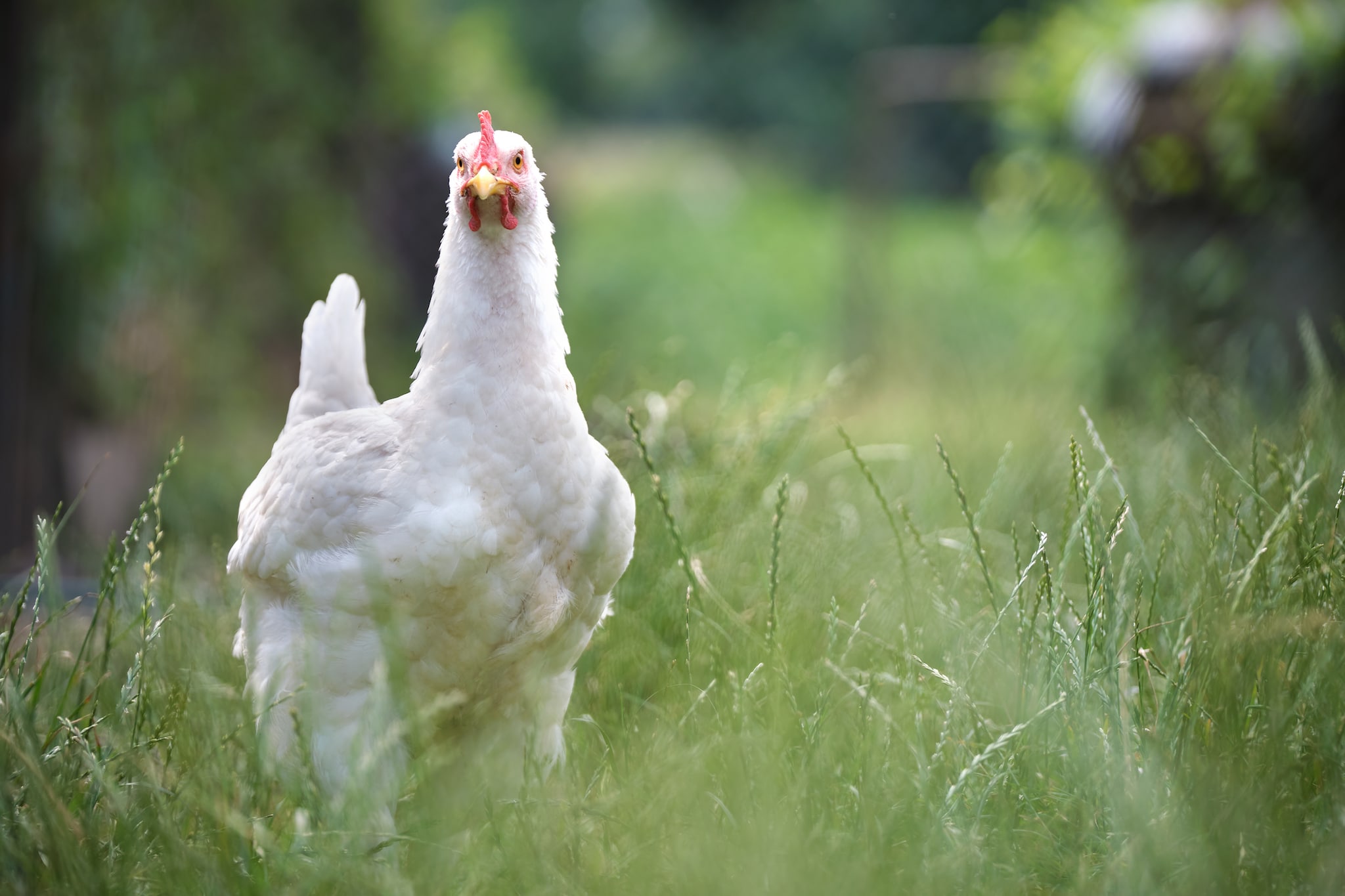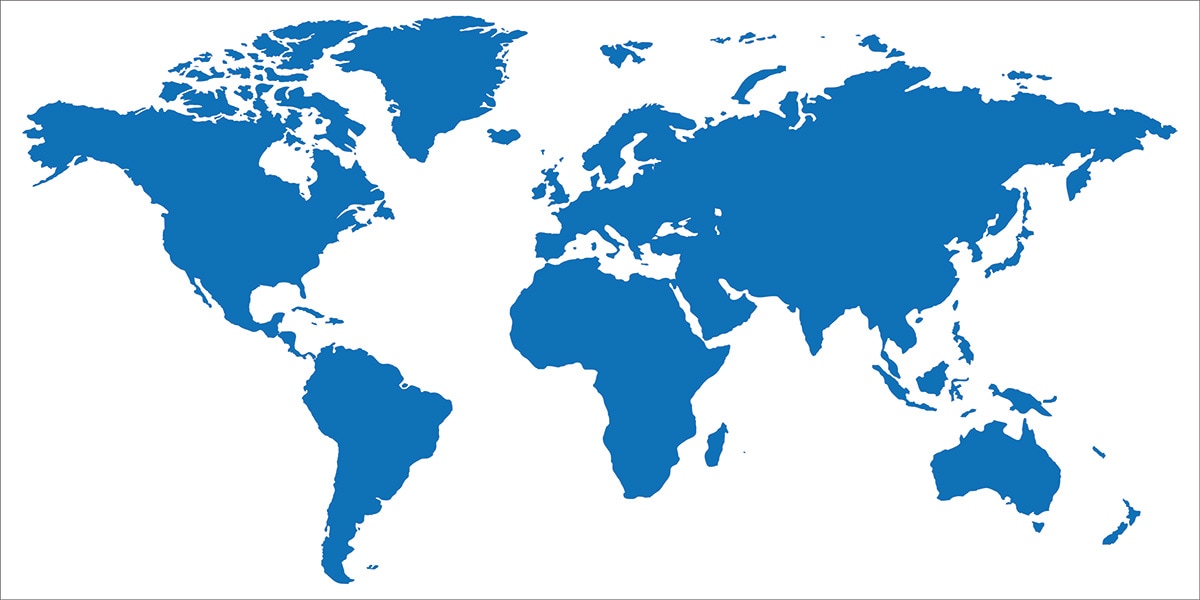Highlights in the History of Avian Influenza (Bird Flu) Timeline – 1880 – 1959
1880s – 1950s
The below timeline gives a summary of significant HPAI and LPAI outbreaks in birds, infections in people, and events from 1880-1959.
- Timelineicon
1880s
- In 1878, the term “fowl plague” was used to describe the poultry disease observed in Italy and other European countries. “Fowl plague” was then differentiated from fowl cholera in 1880. Though these are the oldest bird flu references date, it is believed that prior to these references the disease had already been in existence for a long time, perhaps for hundreds of years2.
- Timelineicon
- Timelineicon

1901
- The cause (etiology) of HPAI in domestic poultry was identified as a virus, though Influenza viruses were not isolated until the 1930s.
- Timelineicon
1918
- The ‘Spanish’ influenza H1N1 pandemic of 1918-1919 killed an estimated 50-100 million people worldwide5. Although the virus was not isolated during 1918-1919, when the technology was available the genetic sequence was later determined to be an avian-like H1N1 virus.
- Influenza A viruses cause seasonal epidemics of human flu worldwide and, much more rarely, flu pandemics. Flu pandemics are typically caused by the introduction and spread of an animal (avian, swine, or combination) influenza A virus with an HA subtype that is new (novel) to human populations6.
- Timelineicon
1924
- The first outbreak of HPAI in poultry in the United States occurred during the fall and winter of 1924–19257. The disease first appeared to have caused severe losses in live bird markets in New York City.
- Timelineicon
- Timelineicon
1957
- In February 1957, a new influenza A(H2N2) virus emerged in people in East Asia, triggering a pandemic (“Asian Flu”). This H2N2 virus was comprised of three different genes from an H2N2 virus that originated from an avian influenza A virus, including the H2 hemagglutinin and the N2 neuraminidase genes, and genes from the human seasonal H1N1 virus10. The estimated number of deaths was 1.1 million worldwide and 116,000 in the United States6.
- Timelineicon

1959
- The first HPAI A(H5N1) virus was isolated following an outbreak in chickens in Scotland.
Page last reviewed: July 8, 2022

